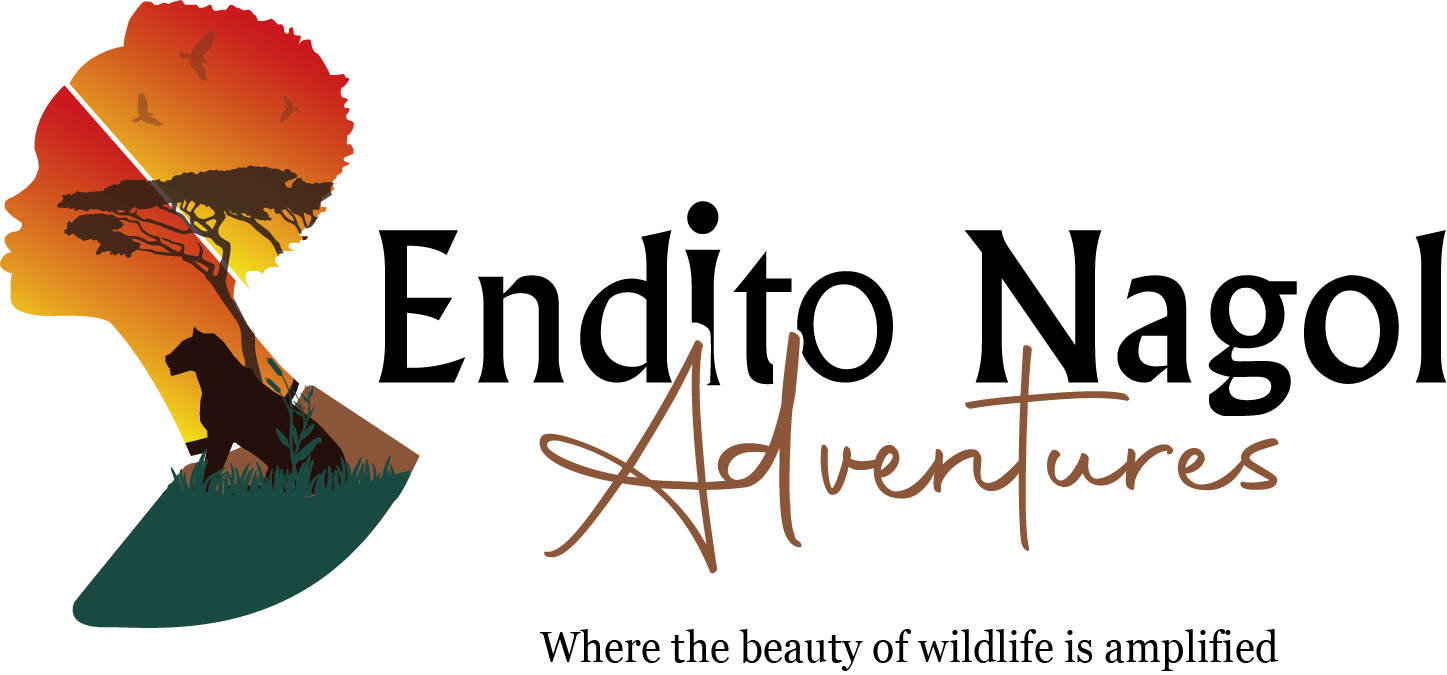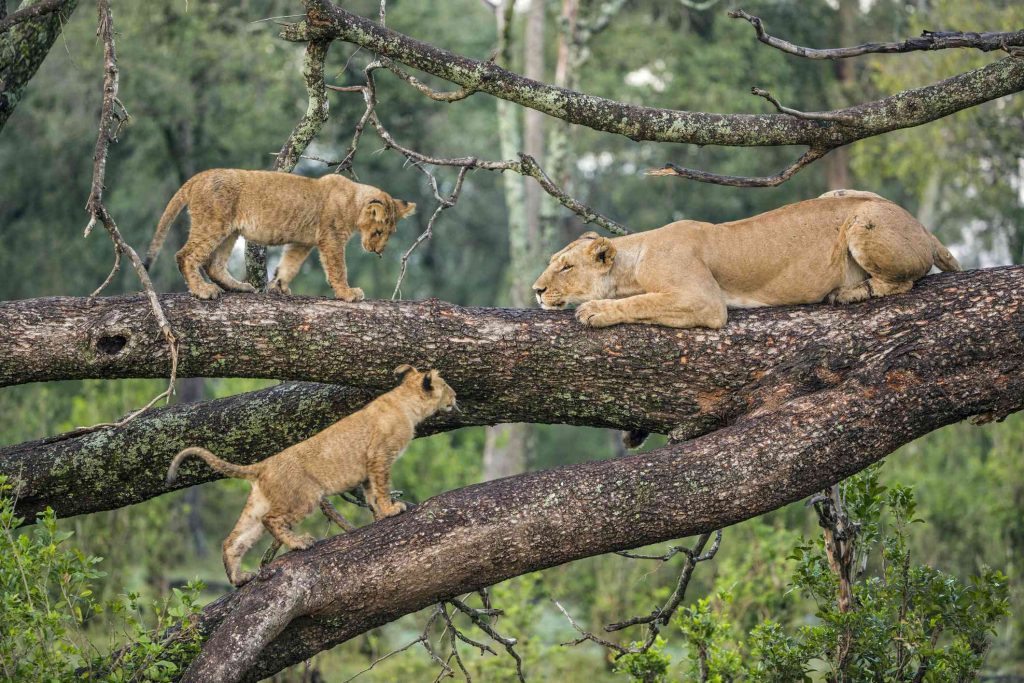The Curious Case of Wildebeest: Can They Be Domesticated?===
Wildebeest, also known as gnus, are fascinating creatures that have captivated the curiosity of many wildlife enthusiasts. With their unique appearance and impressive migratory patterns, it’s no wonder that people wonder if these majestic animals can be tamed and domesticated. In this article, we will delve into the possibility of domesticating wildebeest, exploring their behavior, adaptability, and the potential benefits and challenges of bringing them into our homes.
=== The Curious Case of Wildebeest: Can They Be Domesticated? ===
The wildebeest, with their striking appearance – a combination of a horse, a cow, and an antelope – have long been the subject of intrigue. Their large, muscular bodies, adorned with shaggy manes and impressive curved horns, make them a sight to behold. However, despite these physical attributes, domesticating wildebeest has proven to be a challenging feat.
One of the primary factors hindering wildebeest domestication is their innate wild nature. Unlike other domesticated animals that have undergone centuries of selective breeding, wildebeest have not been subjected to such manipulation. As a result, they retain their primal instincts and natural behaviors, making it difficult to control and train them. Their herding instincts and migratory nature make it challenging to confine them and provide the necessary care and attention they would require in a domestic setting.
=== Unleashing the Wild Potential: Exploring Domestication of Wildebeest ===
Despite the inherent difficulties, researchers have been exploring the possibility of domesticating wildebeest due to the potential benefits it could bring. One such benefit is their potential as a source of meat and milk. With their large size and herbivorous diet, wildebeest could be raised for meat, providing a sustainable alternative to traditional livestock farming. Moreover, their milk, which is nutritionally rich, could be an excellent source of nourishment for humans.
Another advantage of wildebeest domestication is their potential role in conservation efforts. By bringing them into a domestic setting, we can protect these vulnerable creatures from poaching and habitat loss. Additionally, domesticated wildebeest could contribute to the restoration of degraded lands, as their grazing habits can help regenerate ecosystems.
However, it is crucial to consider the challenges that come with wildebeest domestication. Apart from their wild nature, the cost and infrastructure required to accommodate these large animals would be substantial. Additionally, understanding their nutritional needs and creating suitable diets would be a complex task. Lastly, it is vital to ensure that domestication efforts do not harm the conservation of wild wildebeest populations but rather complement them.
===OUTRO:===
In conclusion, while domesticating wildebeest may seem like a far-fetched idea, it is not entirely impossible. By understanding their behavior, adaptability, and the potential benefits and challenges, we can continue to explore the possibility of bringing these majestic creatures into our homes. Whether it’s for sustenance or conservation, wildebeest domestication could open up new avenues for both humans and wildlife. So, let’s keep our curiosity alive and continue to unravel the mysteries of these extraordinary animals.

